How to Measure Customer Satisfaction for eCommerce
Here is how eCommerce brands measure customer satisfaction. Learn about NPS surveys, CSAT scores, survey best practices and much more.
Updated November 6, 2024
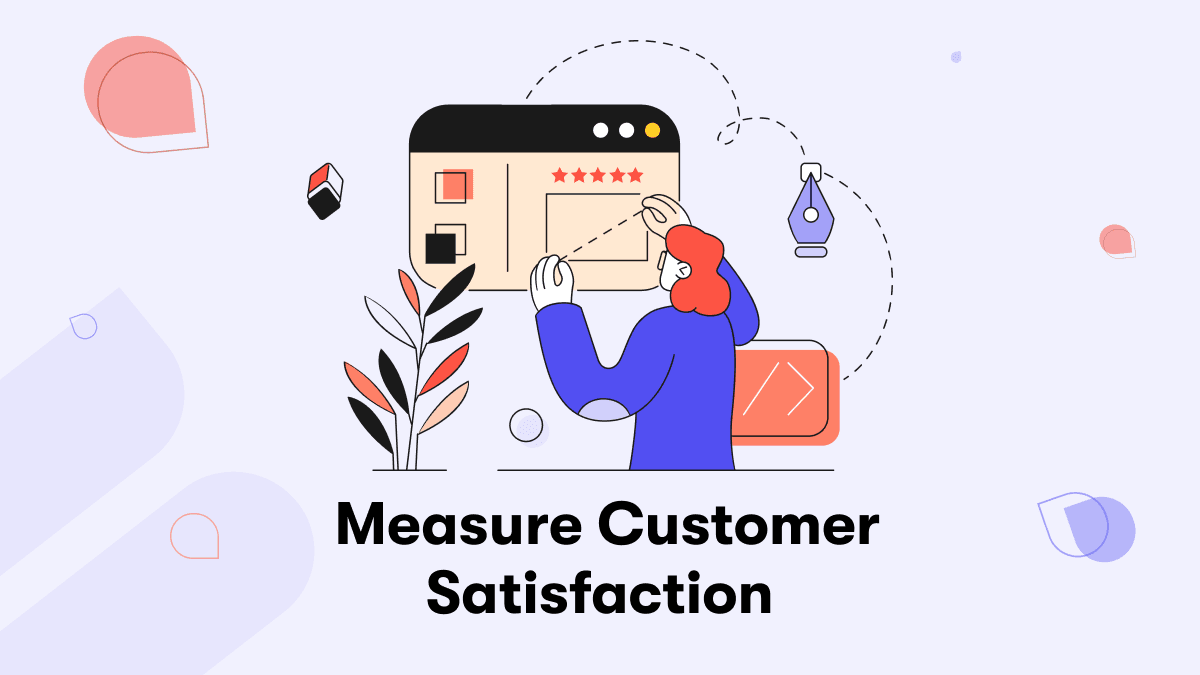
It costs more money to acquire a new customer than to retain an existing one. We've all heard that and this statement couldn't be more relevant in the eCommerce world today.
The iOS 14 update hit hard at brands and their advertising budgets. Google algorithm changes in the last few months drastically altered organic traffic and more privacy measures threaten the effectiveness of brands across other social media platforms. Retention has never been more important than it is today.
Retention is closely tied to customer satisfaction. In order to improve retention, you first have to find out whether your customers are satisfied with your product and uncover the main areas of improvement. In this guide, we look at the best ways to measure customer satisfaction for eCommerce brands and some of the best strategies and tools to help you get started.
Let's dive in.
What is customer satisfaction?
Customer satisfaction is the degree to which your customers are happy with your product. It is closely tied to the customer experience (CX) which is defined as the sum total of the customer's perceptions, interactions, and thoughts about your business.
What are the benefits of tracking customer satisfaction?
Customer satisfaction can change over time, as users move through the customer journey, so it's important to track it on a regular basis. The benefits of tracking customer satisfaction are three-fold:
Get more social proof
The brand finds out who the satisfied customers are and is better able to get positive reviews and referrals. A happy customer is more likely to leave a positive review, tell their friends, or share something about the product on their social media.
Increase customer retention
The brand gets an overall score of how they are doing, of the overall customer sentiment, which they can compare to their retention goals.
Improve the customer experience (CX)
The brand becomes aware of glaring issues and areas it can improve on. This is also an opportunity to help dissatisfied customers and solve their issues.
According to McKinsey, an increase of 20% in customer satisfaction results in an increase of 15% in sales and a decrease of 20% in the costs of servicing customers. Ultimately, greater customer satisfaction results in great customer loyalty and that's the stuff the biggest brands are made of.
Why track customer satisfaction?
The more a business is customer-centric the better it serves its customers, and the faster it grows. In every eCommerce brand, there are several teams that can gain great benefits from customer satisfaction surveys.
The marketing team - can get a greater understanding of which aspects of the product to promote and how to better meet customer expectations in each marketing campaign. Customer satisfaction can help marketing teams develop a more customer-centric approach and help structure the marketing strategy to maximize business growth.
The product team - can help gain clarity about the customer's product experience and the various aspects of the products that need to be changed (product names, product costs, quality, features, etc).
The customer support team - can get a better sense of what issues customers are having and how to improve the average resolution time of each case. They could test different communication channels to determine which one works best to meet customer needs.
3 measurements of customer satisfaction
There are three major measurements of customer satisfaction. Let's go through each one.
Customer Satisfaction Score (CSAT score)
The customer satisfaction score is one of the most popular ways to test customer satisfaction. It targets the customer with a very basic question - "how would you rate your experience interacting with our company?"
The answers are typically - very unsatisfied, unsatisfactory, natural, satisfied, very satisfied.
It's a really versatile score as you could ask your customers about specific aspects of their experience or at specific times along the customer journey. It also provides you with quick data in the short term. However, it fails to uncover the deeper issues with your brand or product.
Customer Effort Score (CES)
The customer effort score takes a different approach by asking the question - "how hard/easy was it to complete a certain task or get your problem solved?". We've all seen it commonly used for web usability studies when the brand asks you to go on their site and state whether it was easy or hard to find a certain feature or go through the checkout process.
It's always a good idea to add an open-ended question to give the user a chance to explain what potential issues they experienced. This would help determine what issues the customer is dealing with.
- Was there a problem with the product costs?
- What was their overall product satisfaction?
- Perhaps the quality of the product was lacking?
CES surveys help get a better view of customer expectations and help you solve customer issues and gain greater clarity about how your customers actually feel.
Net Promoter Score (NPS)
The Net Promoter Score measures how strong the relationship between the customer and the brand is. The question that is most commonly asked is "based on your experience with the company, how likely are you to recommend it to your friends and colleagues?". The score is calculated on a 0-10 scale, and the respondents are divided into three types.
The customers that gave you a 9 or 10 are your loyal customers, they are extremely satisfied with your brand. The customers that gave you a 7 or 8 are moderately satisfied and have an issue that you should fix. Customers that gave a score of 0 to 6 are your unsatisfied customers and you should investigate what issues they encountered and how you can improve their experience.
The best strategy here is to send NPS surveys at various points along the customer journey to better identify improvement areas. The advantage here is that you can get a quick sense of how you're doing with a single question.
One of the problems with the NPS score, and really any of the customer satisfaction metrics, is that unhappy customers are more likely to respond, skewing the score to be more negative than it really is. Also, brands often need to offer monetary incentives to their happy customers to get any kind of response rate.
Brands have to watch the bias in customer response on both ends and make sure that they are really getting a broad sample of their customer base to answer the survey.
Ways to measure customer satisfaction
There are different ways to survey your audience and to measure your customer satisfaction. Here are the best ways to do this.
Send out email surveys
The easiest way to measure customer satisfaction is by sending out a customer satisfaction survey via email. You can use tools like Wootric, Retently, or StatisMeter, or set it up manually in Klaviyo. You can even create your own survey using Google Forms and send it to your email list.
Simply ask your audience to rate their experience and use one of the above-mentioned scoring systems, depending on whether you're looking for quantitative or qualitative feedback or both.
Send out in-app surveys
Customer surveys do really well inside an app. If your eCommerce brand has a mobile app then it's a great place to survey your customers and uncover any customer concerns and valuable insights they may have. In-app customer surveys typically get more engagement and are easier to execute than email surveys.
Live chat
Live chat is another great way to get customer feedback. Power up a chatbot that prompts the user to respond to a customer satisfaction survey. Then, follow up with them differently based on their survey responses.
Offer people that have had a positive experience with your brand a chance to leave an online review in exchange for an Amazon gift card. Offer unhappy customers an opportunity to schedule a call with your customer support team. Use a follow-up question for users that are in the middle of the pack.
Social media
Use your various social media channels to communicate with your audience and administer a customer satisfaction survey. This could be done as a blast via Facebook Messenger using a chatbot or as a post on Twitter with the survey link. The more personal the better.
Social media surveys do have longer response times to make sure to always send your survey at the most ideal time of the day. Don't post it at the busiest time, when everyone is still in their cubicle, and expect immediate results.
SMS
Text messages are one of the best communication channels for any brand. Over 90% of people read a text message within the first three minutes they receive it. Studies show that SMS surveys enjoy a really high response rate, with 31% of consumers responding within the first five minutes.
The disadvantages of using text surveys are that they can get pretty expensive if you are being charged per text. Also, there is not a lot of room for multiple survey questions so you have to keep it short.
Giveaways
One of the best ways to measure customer satisfaction is by launching a giveaway. You can use a tool like Gleam to set up your own giveaway and reward customers for various actions they take on social media (sharing, commenting, liking a post), for posting an image or video of themselves using your product, or for responding to your survey.
The best part is that you can use these giveaways to expand your email list and improve your NPS score at the same time. Here's a quick guide on how to use Gleam to run your own giveaway.
Post-purchase surveys
Another great way to measure customer satisfaction is to send a survey after a product within 1-2 weeks after it's delivered to the customer. This is when the customer experience is fresh in their mind and they are the most willing to give their feedback. This is the best period of time to survey your customer to truly determine their level of satisfaction with your product and your brand.
Survey best practices
Here are some best practices that can help you improve the quality of your surveys and help you get better responses.
Use the customer lifecycle stage
Depending on your business objectives, you might want to survey customers in different stages of the buying cycle. If you are building a referral program and want to improve retention you might want to survey customers 3-6 months after they have purchased from you.
If you are looking to improve upselling or complementary products then you might want to survey customers closer to their purchase, depending on the industry and the type of products you offer.
Keep it short
Always be mindful of the customer's time and never over-complicate things. Ever heard of the acronym KISS = keep it super simple? It definitely applies here. Expect that each person has 5 minutes to respond and design the survey accordingly.
Pick the right channel
Strategically choose the best communication channels for your survey. Go for social channels that have the most engagement and where customers tend to vent their issues with your brand.
Don't shy away from a channel just because it has a smaller audience or if it has had the most negative sentiment. Test it out to see which channel performs best for your brand.
Recap
Customer satisfaction is essential for business growth more than ever before. Business objectives need to align with customer expectations and each company needs to develop business strategies that meet those expectations.
Surveys need to be used by product, customer service, and marketing teams to get a clearer picture of the customer experience and get key takeaways to improve their part of the business. If you use these tips you will be able to create memorable customer experiences and scale your business.



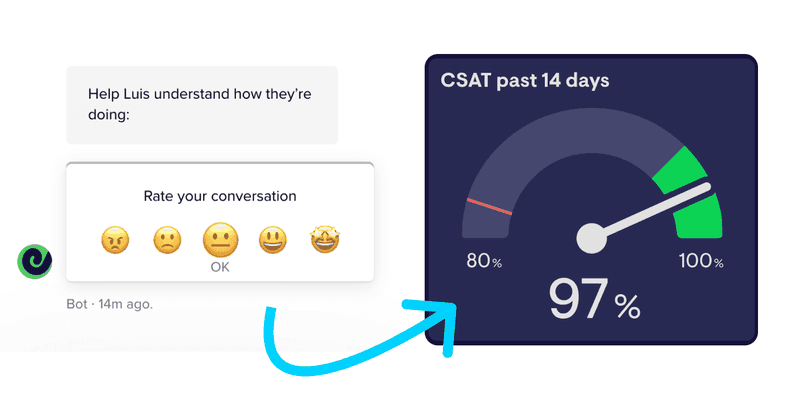
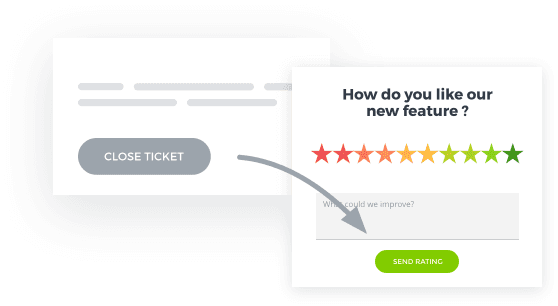
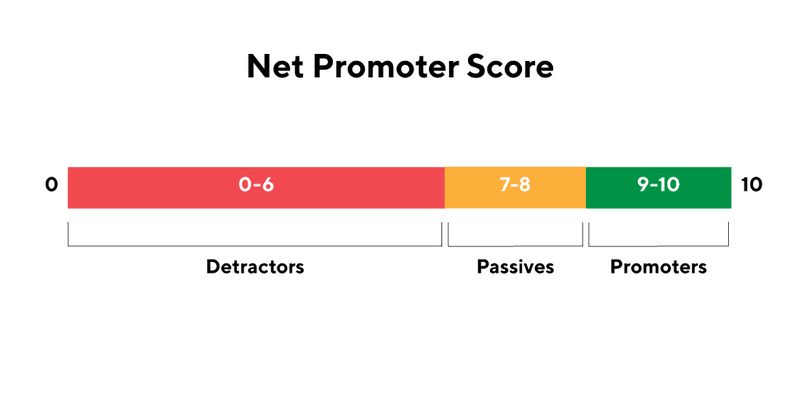
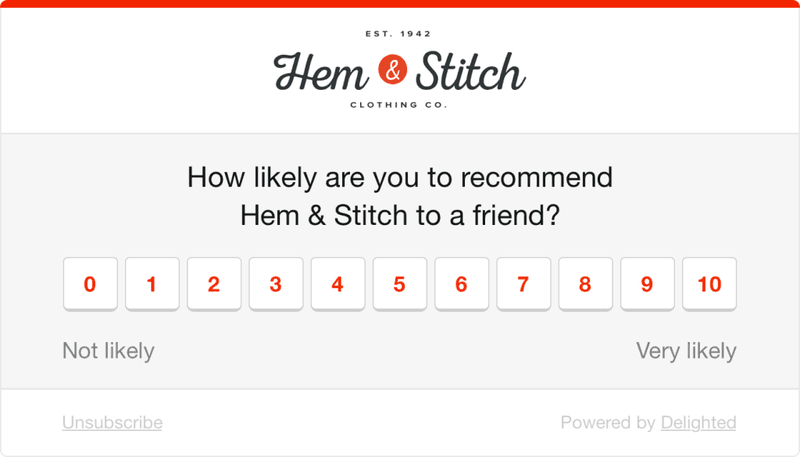

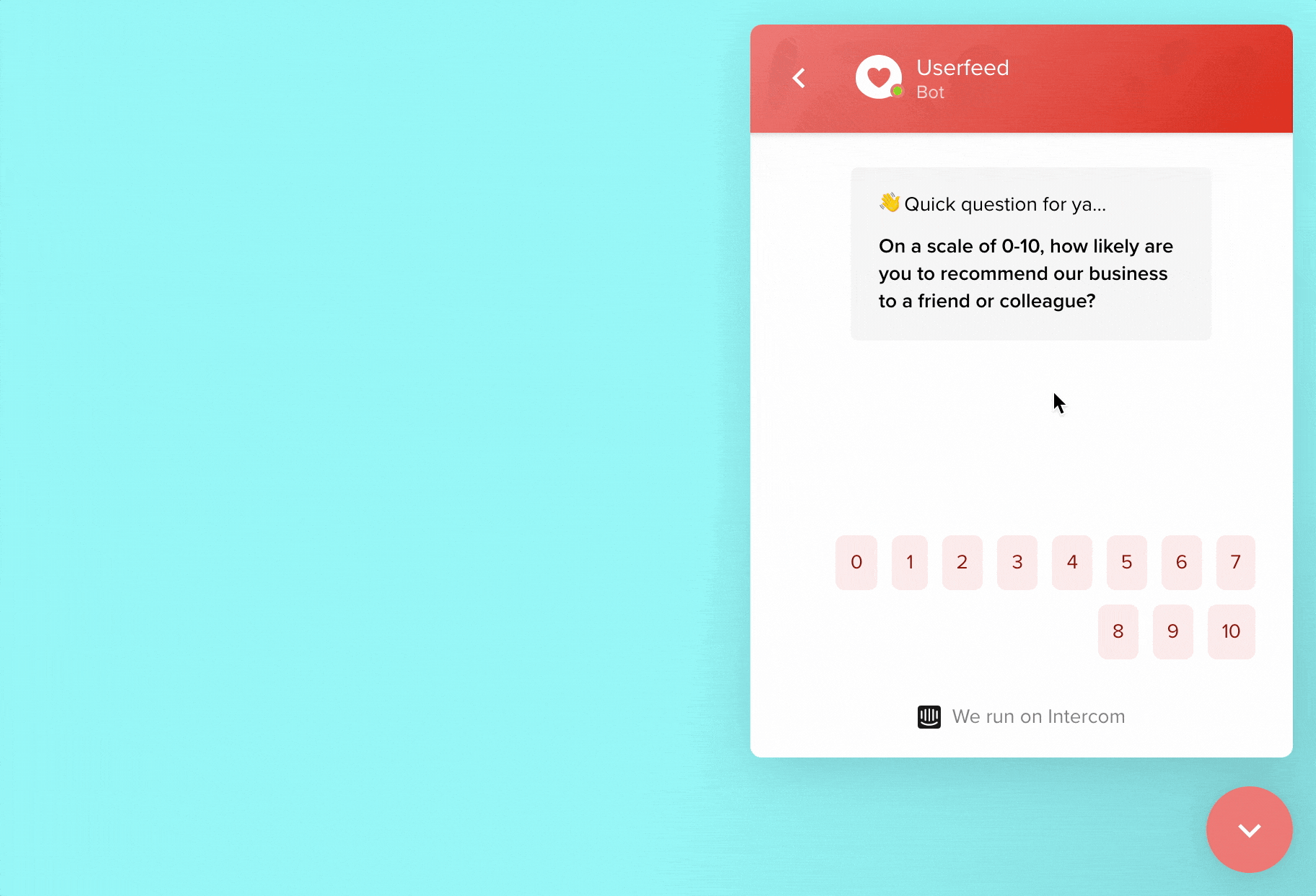
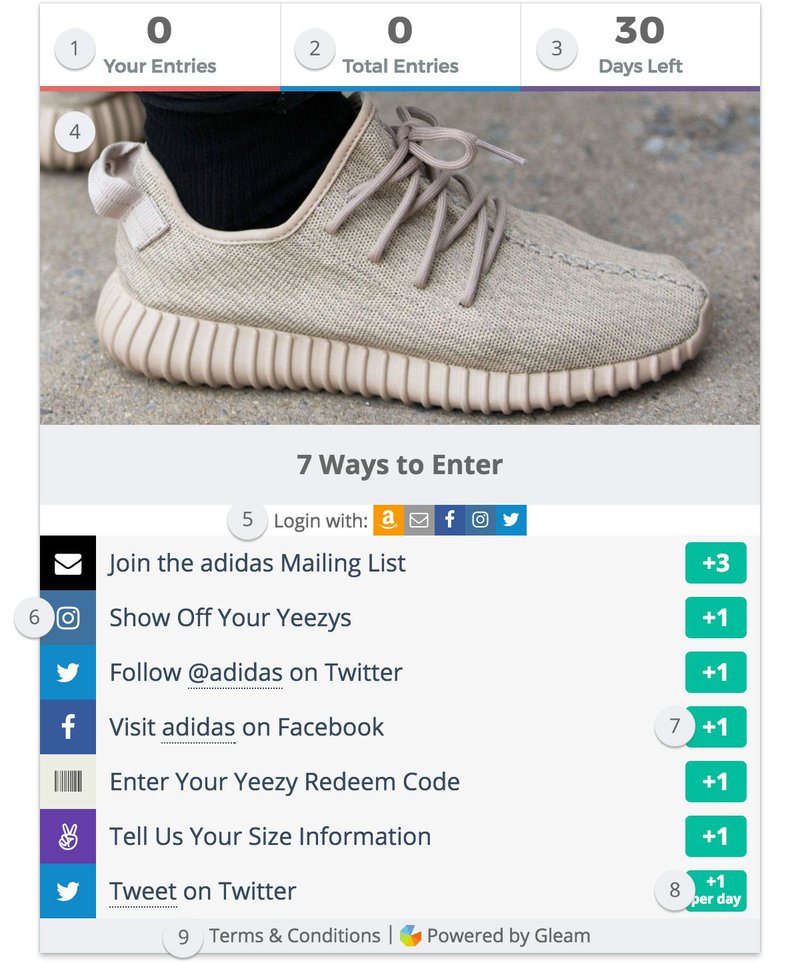
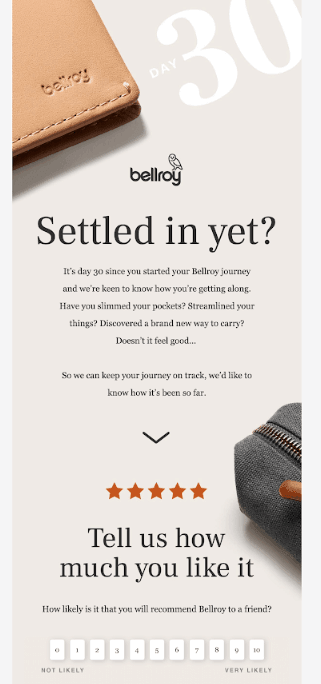


![[Interview] Neal Schaffer on How to Build Relationships with eCommerce Influencers](https://entail.mayple.com/en-assets/mayple/fit-in/280x280/6194d6b0ff9b9cf0daf35978_1201117809151689Mayple1920x1080MAR1_02_8817e554b079ec2ed8ac2e7bb0743c8c_2000-1699776049691.png)
![32 Top eCommerce Hacks to Try in {year} [Free Playbook]](https://entail.mayple.com/en-assets/mayple/fit-in/280x280/6101530c00f38b98be9a0184_manflyingarocket_72024131ee6bc0e427632a249411122d_2000-1699777209962.jpg)
